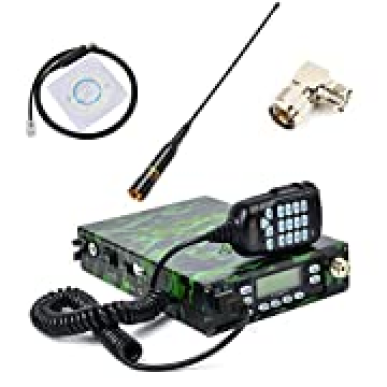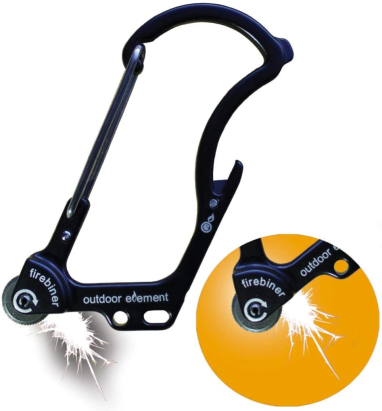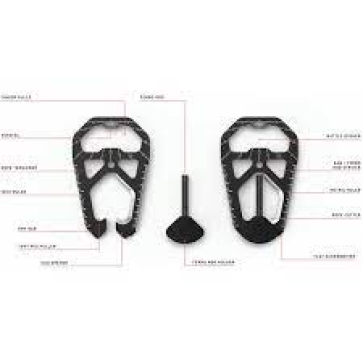TACTICAL WISDOM: Gear Testing in the Field
Originally appears on Tactical Wisdom and written by Joe Dolio. -NCS
Gathering a bunch of gear you’ve never used is a bad idea. Every single item in your preparedness gear stash needs to be something that you know how to use, have used, and can use without thinking or refresher courses. This goes for tents and radios, just as much as it does for simple things like rope. When was the last time you practiced tying knots? Knots that your life may depend on some day.
As always, I like my training and testing events to serve more than one purpose. Thursday, I did a 2.5-mile training ruck, but brought along some gear to test. First, rather than using my Patrol/EDC bag, I used my Get Home Bag. It’s mix of contents sits differently on my back and I need to train for that. I may need to traverse a long distance on foot in either rural or urban terrain wearing that pack, so it’s important to see how it feels and rides.
For this test, I added my new manpack radio. For those who aren’t veterans, a manpack radio is a longer-range, battery-operated radio meant to be carried in the backpack of your radio operator. This specific model is by TWAYRDIO, pictured below. There is also an Amazon affiliate link (I may make a small commission that supports our site) to the radio. It has, inside the case, a radio, a battery, an external speaker, and wiring for the antenna to be top mounted, allowing it stick out of the top of your backpack.

The radio itself is a Leixen VV-898 radio, mounted inside the box. You can run the radio plugged in or from the battery. An odd quirk of the way it’s built inside the box with an external battery, is that you cannot charge it while using it plugged in. It’s one or the other. In the absence of grid power, you could run this or charge this with the appropriately sized solar panels or vehicle power converter.
The radio is a bit touchy to program, but there is a CHIRP patch available on the CHIRP website. The memories aren’t configured like normal radios; there are two separate memory banks. Essentially, you have to program Channels 1-99 in Memory A, and 100-199 in Memory B. This is simple enough, but it means that you can’t monitor 2 channels from the same bank at the same time. You just have to program it so that the 2 you want to monitor are in different banks. Make sure that your handhelds have the same channel numbering scheme for COMSEC. It’s much more secure to tell someone over the air to switch to “121” than to say, “Switch to MURS 5” or “Switch to 146.235”.
The unit itself is sturdy and actually much more lightweight than any similarly sized military manpack radio. It has an external earphone jack and a manual switch to switch from the speaker to the earphone. The antenna has a standard SO239 antenna mount, and you can switch to your preferred antenna, as long as you have an adapter. For movement, I used the stock antenna, and would connect it to a roll-up antenna for use in a static position like an Observation Post or overnight site.
It has great reception and transmit, with 4 different power levels (5/10/15/25 Watts). It is VHF/UHF.
All in all it’s a great long-range patrol radio for patrol-to-base comms. It’s very lightweight and I didn’t notice any extra load. The only drawback is that you cannot swap out the battery, but I’ve been running it for 2 weeks with heavy receive and light transmitting, and it hasn’t died or gone low yet.

The next item I tested was the Outdoor Element Fire-Biner multitool. This great piece of kit came in my monthly BattlBox a couple of months ago (www.battlbox.com). In addition to working as a standard carabiner with a 100-pound weight rating, it has a flint spark wheel fire-starter built in, a bottle opener, a cutting blade for cutting cordage or fishing line, a 1/4 hex wrench, an oxygen bottle wrench, and a window punch tip.
I like every piece of gear I have to serve multiple purposes, and this one fits the bill nicely. I keep it attached to the top drag handle of my Patrol Bag or Get Home Bag, so that I hang my backpack by it, to keep it off the ground. Using some para-cord, you can make a loop around a tree and clip your bag, which should weigh well under 100 pounds, from it.
The spark wheel literally throws sparks a long way and works while wet. I purchased an accessory kit which attaches to the carabiner and holds 2 spare flint rods. It has a recessed screw, which allows you to move the flint as it gets shorter, until you need to replace it. I’ve bought a good supply of flint refills and keep some in my fire kit in my bag, and more with my re-supply box.

The last item I tested was the Tactica M020 camp tool. It’s not as high-tech as the Fire-Biner, but I keep this clipped to the outside of my bags as well, because it is useful as well and costs no weight.
It has a ferro rod, but frankly it doesn’t perform as well as other ferro rods. This tool has other features I like. It has a small cutting edge, a serrated rope cutting edge, and a bottle opener. It also can be used as a line tensioner for shelters.
Its best feature, though, is the built-in sundial. Rather than trying to make one yourself on the ground, simply place a small stick in the hole and read the dial.
While I like the Tactica M020, I’ll be honest and say that I would never have bought it myself; it happened to come in this month’s BattlBox and I’m glad it did. It’s a good piece of kit to have, but I wouldn’t go out of my way to get one.
I hope that my experiences and reviews with this gear can help you make some decisions. Ironically, I have a quote from the Ultimate Tactical Handbook about that (I bet you thought I would forget):
Plans go wrong for lack of advice; many advisers bring success.
Proverbs 15:22


































